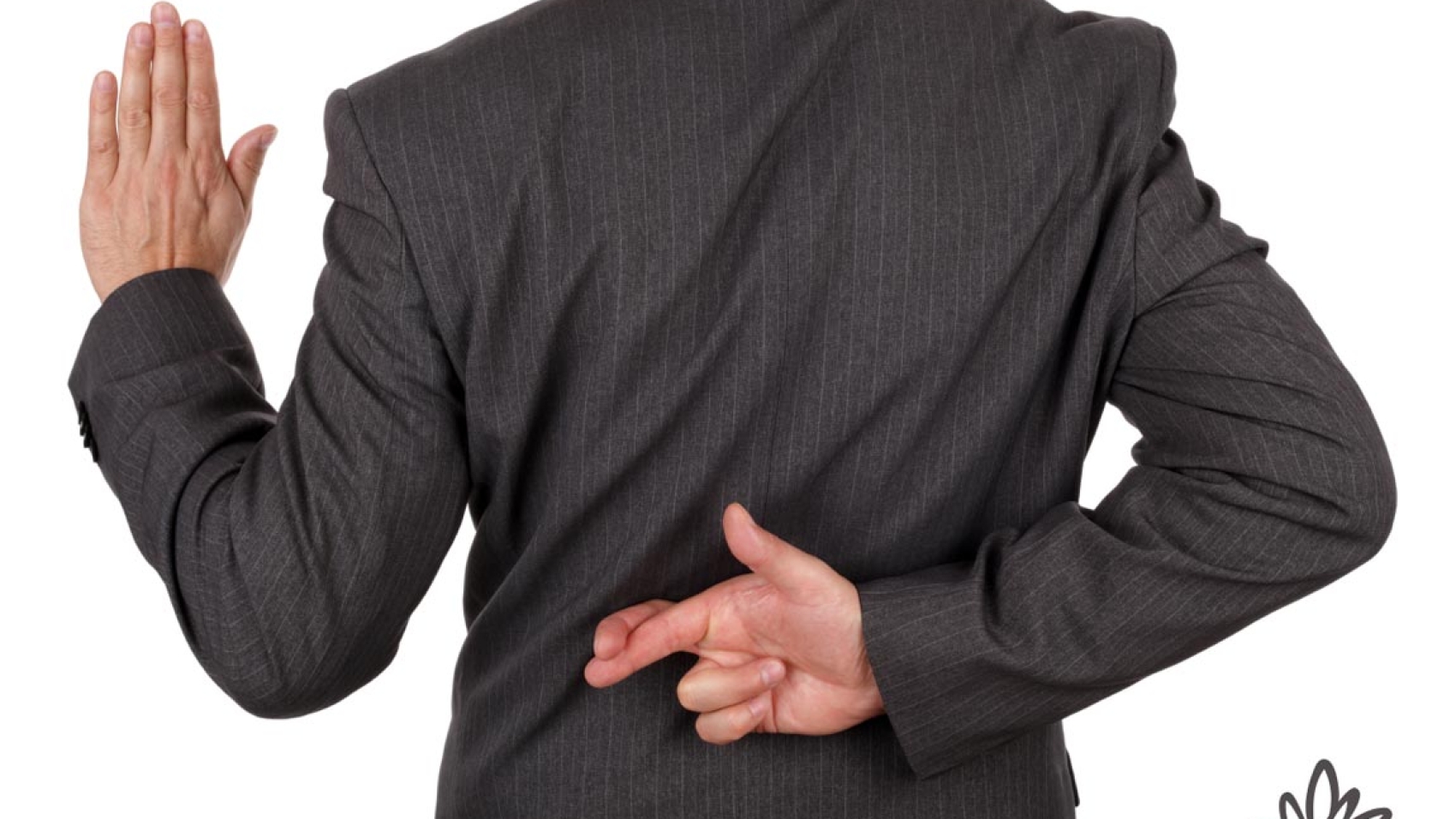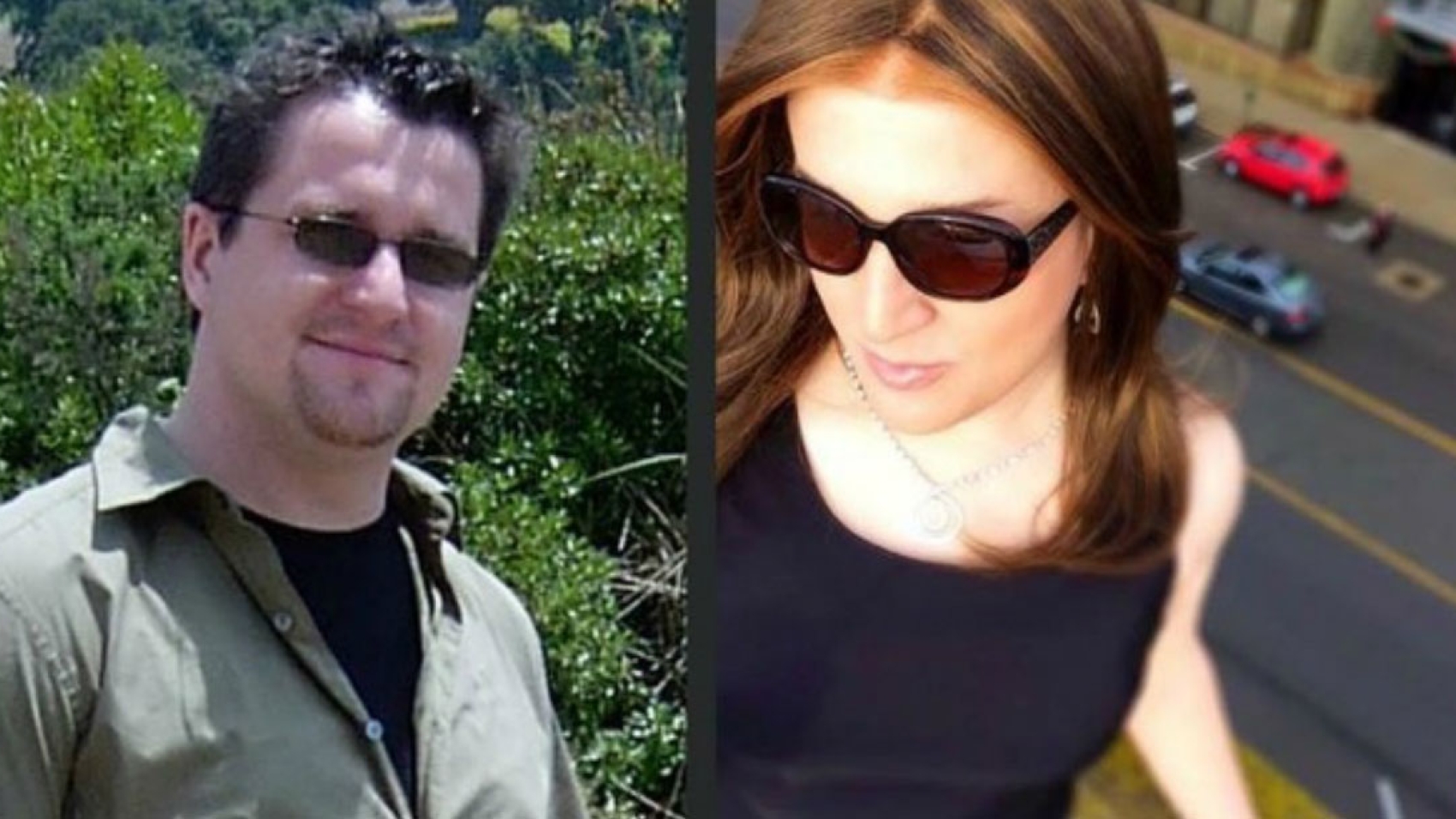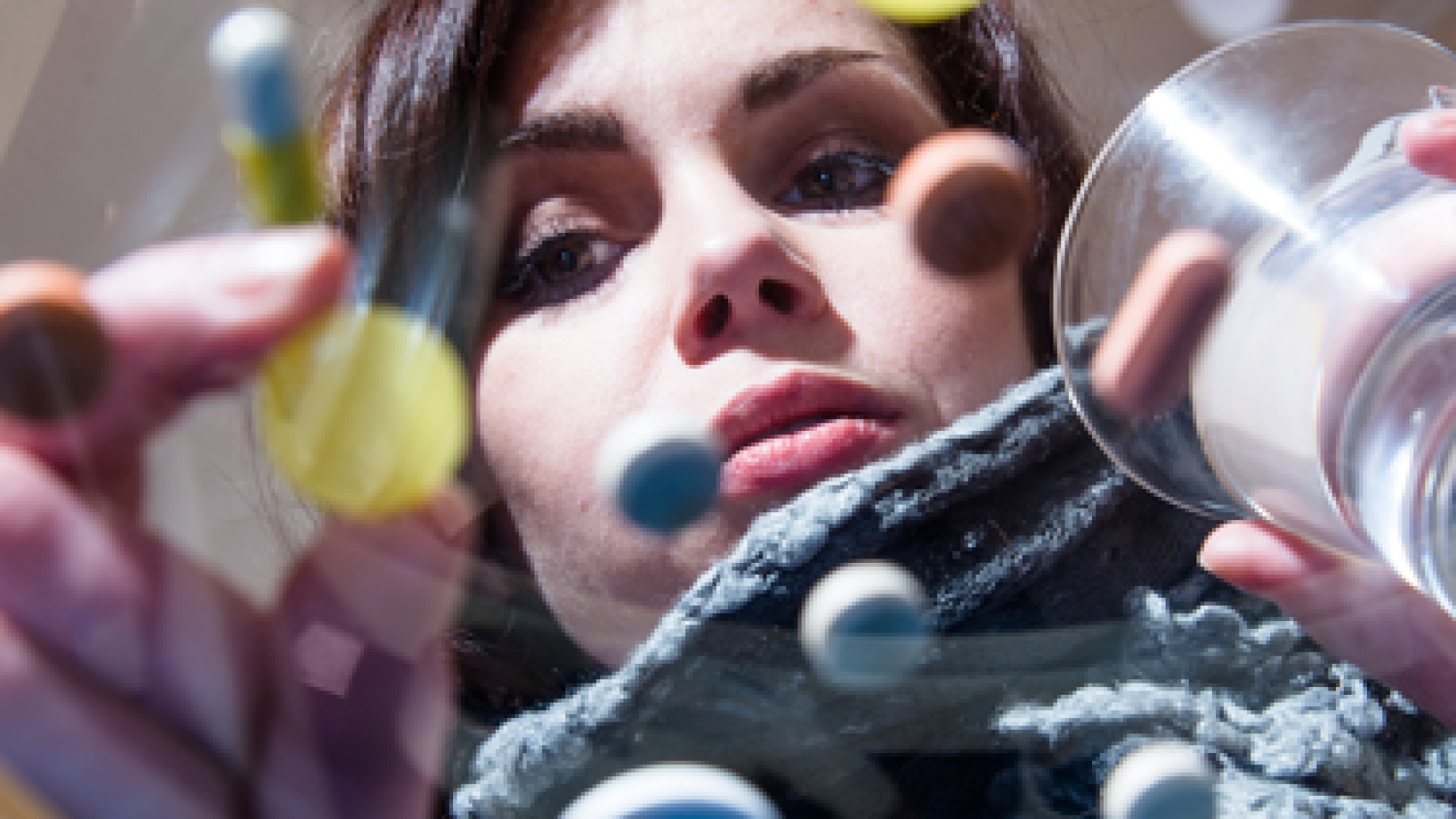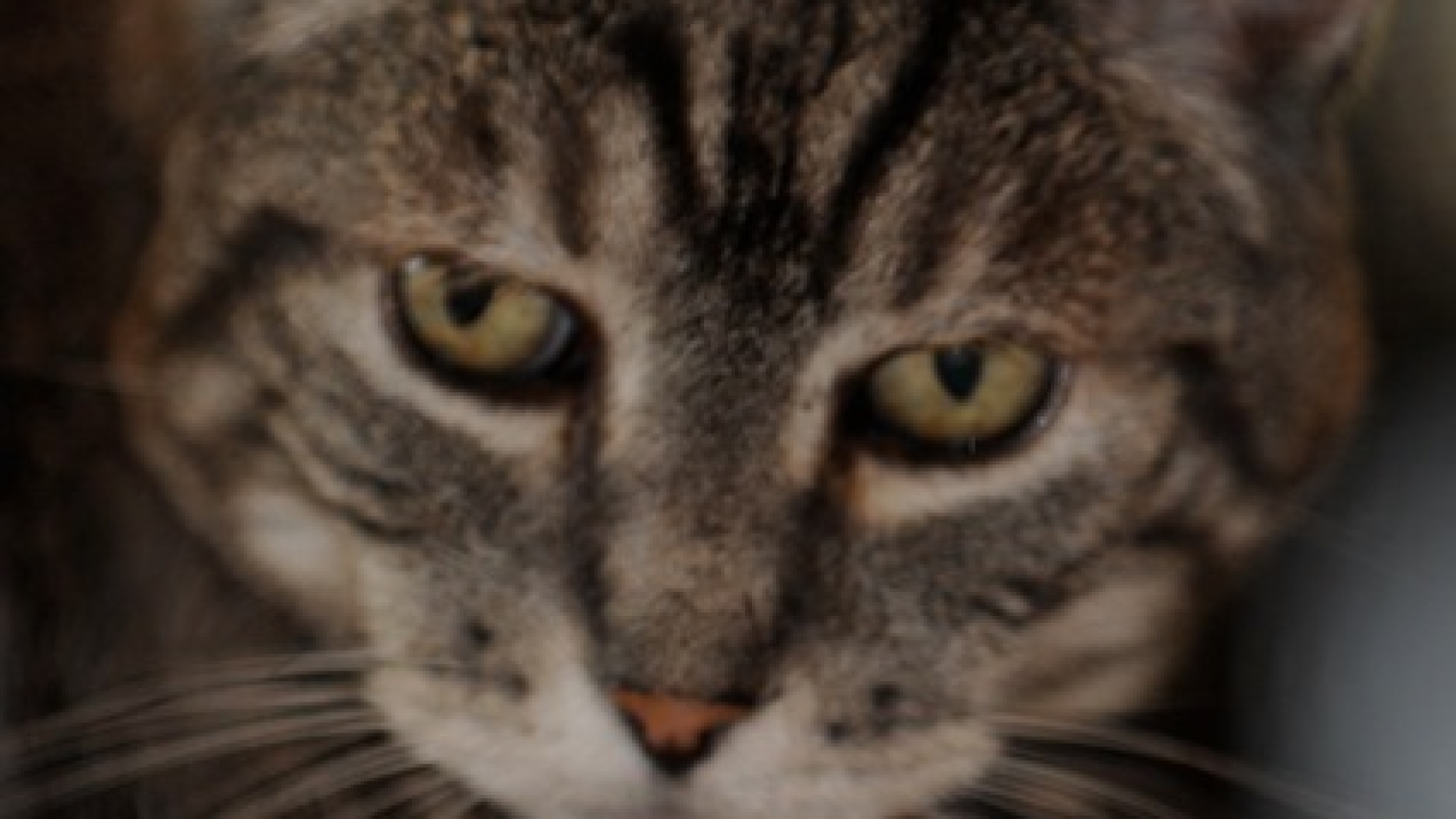Lying: what it does to us (nothing good)
Lying is in the headlines today, but make no mistake, it’s hardly breaking news. A culture of lying and the devaluation of truth has been evolving for a long time. We’re in the midst of a war on truth and the collateral damage is devastating to us all.
As a spiritual teacher, I’ve been addressing lying for years, even writing a bestseller on that very topic in what now seems like a lifetime ago (how much has changed in the past 10 years!) – Truth Heals: What You Hide Can Hurt You (Hay House, February 2009).
How does lying affect us? Lies have a severe and negative impact on our personal energy field (our chakras) and our bodies, not to mention our souls. We all know the self-inflicted consequences of what we bring down upon ourselves, the emotional and physical damage, when we deny the truth.
On the flip side, once we get in touch with it, the truth has an amazing ability to heal us.
This was my own startling discovery back in my 20’s, when I had cancer. As soon as I was willing to look in the mirror and admit, at least to myself, the sexual assaults I had endured, I started to heal – I could actually feel it happening, right in my own body, in real time. Pretty exciting! Once I fell back in love with the truth, I started spreading it everywhere, and it’s contagious – pretty soon, others around you start using the truth as their set point too.
I wrote Truth Heals to help people understand how important it is to find their own truth, and to stop living the lies that are holding them back. As I have long taught, it’s the lies we tell ourselves that do the most damage. And as former FBI chief, James Comey, tweeted recently, “small lies matter.” Indeed.
As you work to become more aware of your own truth, you can (simultaneously) work on refining your ability to discern if others are truth-telling. You have the power within you to turn on your own personal lie detector. In your interactions with others, even when watching someone on TV, your body tells you when someone is lying, you sense it in your gut. Listen to that little voice and trust your intuition. Learn to read other people and see beyond their words to what their body language, from posture, to fiddling, to facial expressions, is telling you. Learn what eyes are telling you without ever uttering a word and understand the difference between occasions when someone looks you in the eyes and those times when they are unwilling to meet your eyes. Identify what it means when a smile never reaches the eyes, because when that happens, the smile isn’t coming from anywhere trustworthy.
We live in a troubled and deeply divided time. It’s the age of He Said, She Said, and #MeToo, when major newspapers track politicians’ failure to speak the truth with daily scores. At the same time, the media we depend on for the truth and the institutions we’ve always relied upon to protect it, are now under attack.
What’s critical to understand is that today, more than ever, given the political environment where lying has been weaponized in high places, we must look beyond politics to understand the effect of lies and the war on truth upon us as human beings.
Whatever your politics, I’ll leave you with something that is accessible, positive, and hopeful:
The wisest and healthiest course is to rise above and rediscover the importance and healing power of truth in your personal life, so that you send out a ripple of truthfulness to all those around you. You can prove that “truth heals” and start a revolution.






















